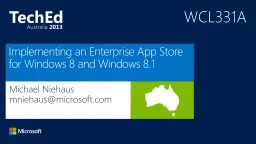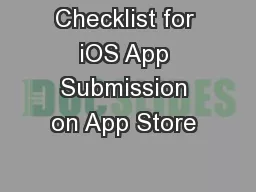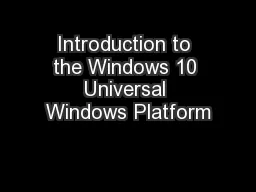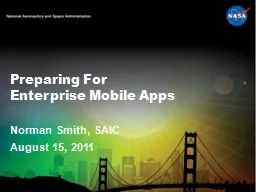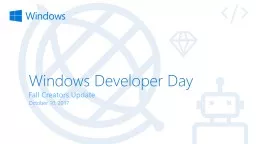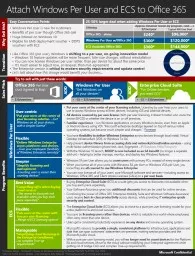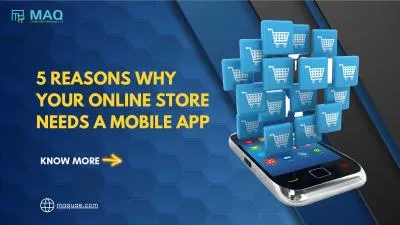PPT-Implementing an Enterprise App Store for Windows 8 and Wind
Author : danika-pritchard | Published Date : 2015-09-28
Michael Niehaus mniehausmicrosoftcom WCL331A Windows Store Apps The biggest change in Windows 8 Traditional Desktop Apps Setupexe installers Windows Installer MSI
Presentation Embed Code
Download Presentation
Download Presentation The PPT/PDF document "Implementing an Enterprise App Store for..." is the property of its rightful owner. Permission is granted to download and print the materials on this website for personal, non-commercial use only, and to display it on your personal computer provided you do not modify the materials and that you retain all copyright notices contained in the materials. By downloading content from our website, you accept the terms of this agreement.
Implementing an Enterprise App Store for Windows 8 and Wind: Transcript
Download Rules Of Document
"Implementing an Enterprise App Store for Windows 8 and Wind"The content belongs to its owner. You may download and print it for personal use, without modification, and keep all copyright notices. By downloading, you agree to these terms.
Related Documents

